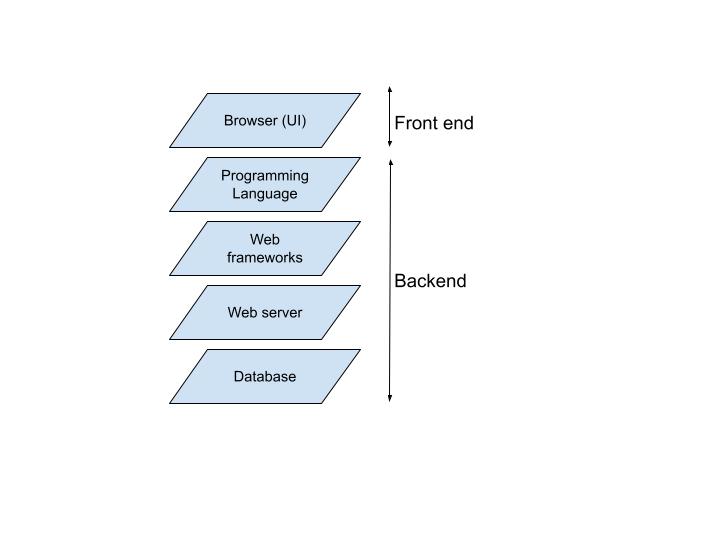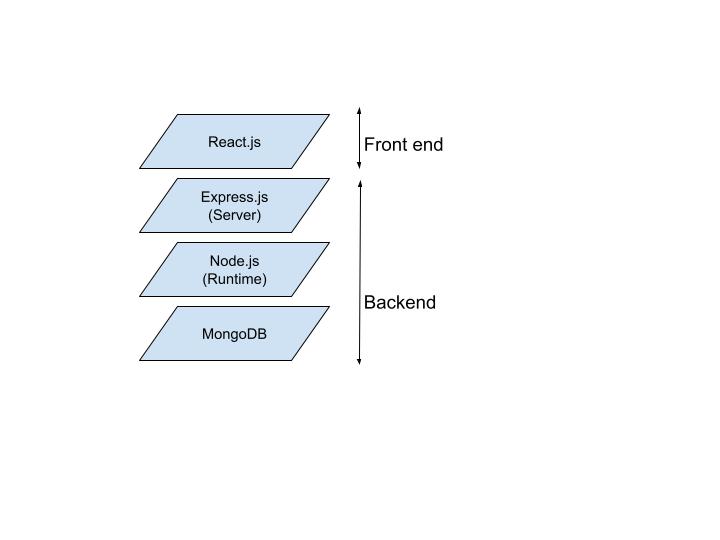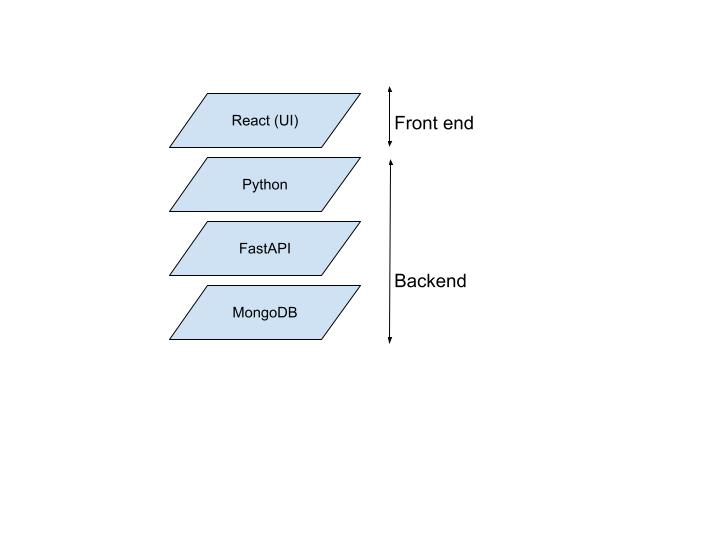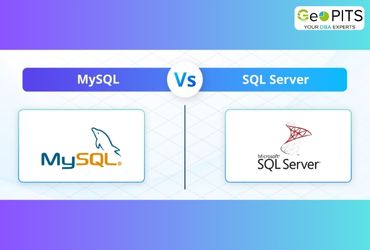Technology stacks are nothing but a set of technologies that work together to provide end-to-end solution/application. Technology stacks can be predetermined or customized based on the business use case.
Tech stacks consist of a front end technology (like HTML, JavaScript), programming language to write the application code (like Python, Java, C#), a middleware or backend (like Node.js, Django, Express.js) and the database (MongoDB, SQLServer).

Additionally, technology stack may use other tools like Business Intelligence tools, API services, performance monitoring tools, and product analytics.
Using a technology stack can speed up the development, as developers can get added functionalities of different technologies that contribute to the workflow. Using a predetermined stack also removes the overhead of deciding one or more technologies needed for a project, which could be an overwhelming task considering the amount of technologies available in the market.
MongoDB works seamlessly with various technologies, and supports drivers for all major programming languages.
There are several predefined stacks that make development faster and simpler. These are MEAN stack, MERN stack, FARM stack and MEVN stack.
MEAN stack
Powered with all the JavaScript based technologies, i.e. MongoDB, Express.js, Angular.js and Node.js, MEAN stack is an end-to-end JavaScript based solution for web applications. The web or front-end component of the stack is Angular, which is a JavaScript framework, and allows you to create dynamic, interactive web pages. Angular comes with all the necessary features that your web application needs - form validation, localization, backend communication and much more.
The next components Express.js and Node.js form the middle layer or the server layer of the stack. Express.js is a web framework built on top of Node.js and provides excellent routing, logging, authentication and error handling mechanisms. Express provides out-of-the-box methods to handle HTTP requests and responses.
Node.js is the JavaScript runtime environment to execute the application code. Note that since all the components of the MEAN stack are JavaScript based, development becomes much easier, as there is no need for conversion or parsing to multiple languages or formats.
MongoDB uses JSON-like (BSON) objects, which are also represented as JavaScript objects. Using BSON objects makes it intuitive for developers to work with MongoDB data, as the structure of BSON is similar to JSON.

MERN stack
The MERN stack is similar to the MEAN stack, however, Angular.js is replaced by React.js. The other components, like MongoDB, Express.js and Node.js remain as it is. React was developed in 2013 (after Angular) and offers several benefits over Angular.
React.js is easier to learn and faster, in comparison to Angular. Further, React provides reusable UI components that developers can use to build complex UI/UX for their application. React is built on JSX and works with virtual DOM server-side rendering. The choice of Angular vs React, however, depends on the solution that a business is trying to achieve - the goal of the stack is to be able to work seamlessly even when the front end technology is changed.

MEVN stack
Another feature-rich combination of technologies, where only the front-end is replaced by Vue, in place of React/Angular.
The rest of the technologies, i.e. MongoDB, Express and Node remain the same.
Vue is faster, and provides customizable modules, making front-end development very easy. Developers can also use Vue alongside React or Angular to further customize applications.
FARM stack
A relatively new stack, but rapidly gaining popularity, due to the powerful combination of FastAPI and MongoDB, FARM stack is designed for high performance and speed. FARM replaces Node.js and Express in the MERN and MEAN stacks with FastAPI and Python instead, giving better performance. FARM stands for FastAPI, React and MongoDB.
Python is the most popular programming language of today, particularly because it caters to data science and machine learning projects.
Apart from speed, FastAPI also has some unique features like automatic documentation, which makes testing and debugging easier, provides data validation and type hints using the pydantic library, thus reducing the chance of errors. It also provides async support, thus handling multiple concurrent connections efficiently.
Coupled with MongoDB’s powerful aggregation framework and FastAPI’s vast libraries, FARM stack is an ideal technology stack to develop complex applications.

MongoDB supports various programming languages and offers drivers to connect the backend with the database. For example, MongoDB Node.js driver makes it easy for the application to perform CRUD operations and other transactions on the database. Same way, FastAPI and MongoDB seamlessly interact using the Motor library. Note that MongoDB also provides the pymongo driver, however, pymongo is for synchronous applications.
Summary
In this article, we learnt the various full technology stacks that leverage the power of MongoDB’s rich aggregation framework, coupled with unique features of the web framework. Creating a technology stack eliminates the need to use too many technologies for a project that can be done by using minimal technologies. For example, by using MEAN stack, your project would need developers having good knowledge of JavaScript to build the end-to-end application.




.jpg)


